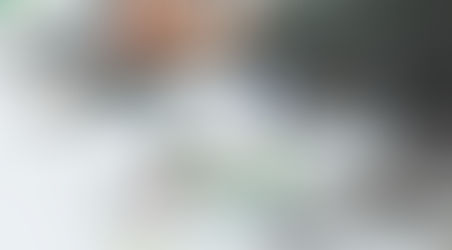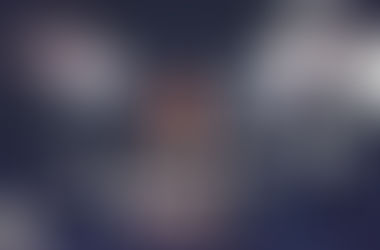Design & Layout In Print
- lottiemoran
- Sep 13, 2018
- 3 min read

We’re officially in week four of our series on how to help YOU learn the processes in preparing media for print. So far we’ve covered written copy, materials and colours. Today we’re going to be touching upon the design and layout.
If you missed the last few, have no fear, get them here!
Let’s jump right in shall we?
The design in print is meant to be free flowing and comprehensible. So far you should have your copy and all of the content ready to put on a template and come up with the ‘look’.
Some things to consider:
First Impressions Count
What you don’t want to happen when someone first looks at your print is for them to take a glance and decide it’s not worth delving in to. If the cover (ESPECIALLY the cover) looks like too much is going on it’ll confuse your reader and turn them off completely.
That leads me into…
Blank space
Try and keep the layout minimal, don’t be afraid of blank space, don’t think you have to fill the whole page. Allow a little breathing room, and especially if it’s a booklet or brochure, use the front page to draw the reader in with the headline, colour and maybe an image rather than actual text and an overcrowded page.
Use a couple of extra pages with less text on rather than cram a lot of text onto the page.
The same is applicable on a small flyer. Then it’s really important that the copy is very succinct and to the point.
TIP: If you write a sales paragraph, go back over it a couple of times and remove pointless words and you’ll strip it down without fail. We always write too many unnecessary words.
Quality
A big no-no in print is the stretching of images and text, this will make the output look grainy or pixelated. It screams ‘I didn’t take my time’ and ‘poor quality’. If you’re going to take the time to put print media together and design it yourself make sure that the font and images are of high resolution when viewing at 100% in whatever programme you used to create it.
Web designers and print designers have a whole lot in common because essentially, they do the same things but have very different methods when it comes to distribution. There are differences in tools, terminology and workflow that shouldn’t interfere with the outcome but it’s worth a quick check.
Remember that it’s static
Once you have something printed out you can’t change it, so you need to create a design that really resonates with your audience, you want the print media to be as compelling each time a reader opens it up to look at it and not get bored with the way things look.
Make it a little bit sexy and make sure you have the main messages highlighted.
Content arrangement
In print you must consider each design element; fonts, shapes, lines, typography, images and graphics and even infographics. Each bit has its own layout requirements, some require a little bit of an explanation or a credit.
Use captions if required – remember the reader doesn’t know you so don’t assume that they’ll understand obscure references. Make it easy!
So, to conclude, after considering the above your design should be clean, consistent and attractive, these key points will keep you from creating a print project that’s confusing.
If you feel you need a hand with your next print project you can give us a call on 0121 430 9000 and one of our team will be happy to assist you.












































Comments